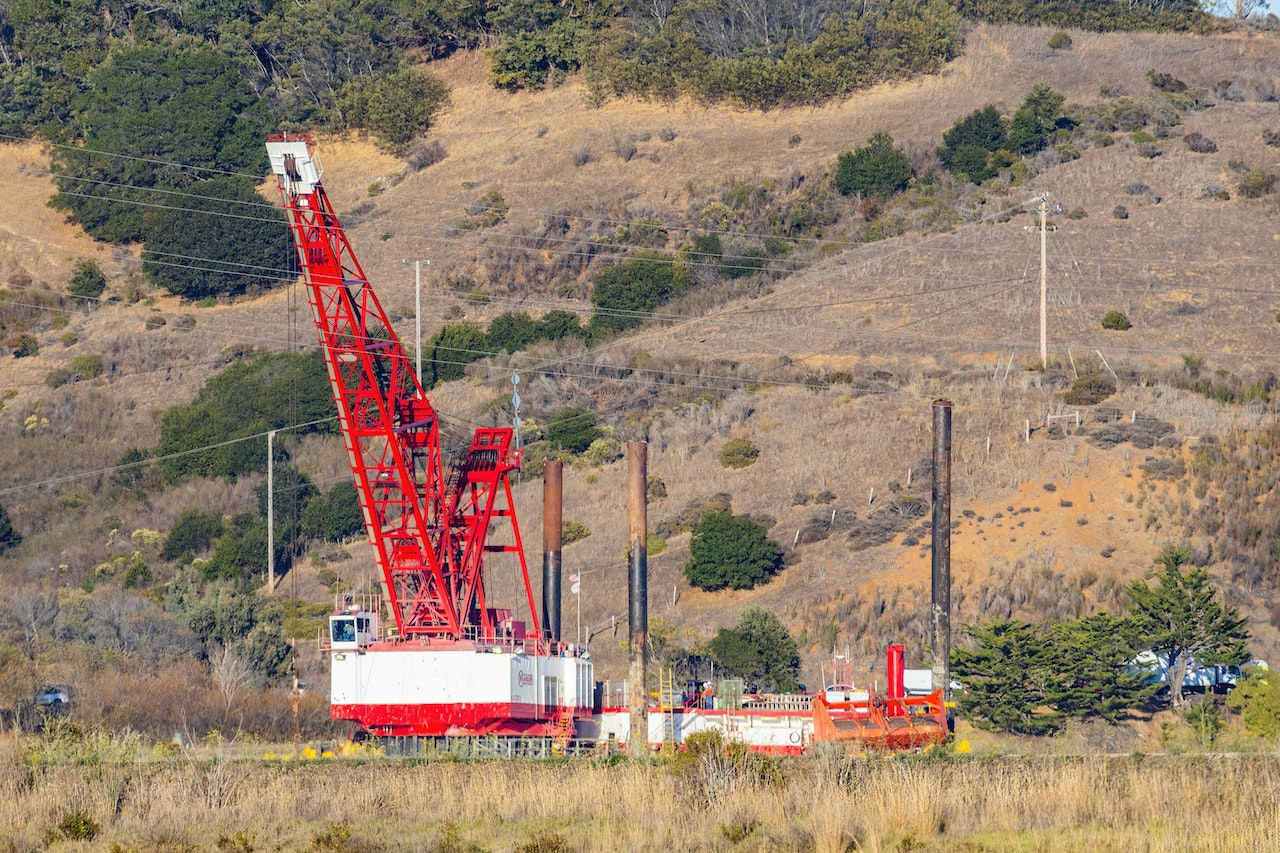Surety Bond Professionals is a family owned and operated bonding agency with over 30 years of experience. With access to a broad range of surety markets, our expert agents are ready to assist with all of your construction bond needs.
How Does Laser Scanning in Construction Work?
As construction continues to “go digital,” laser scanning in construction is increasingly common. Laser scanning is a general term for the technology that is also referred to as LIDAR (Light Detection and Ranging) or High Definition Surveying (HDS) technologies. Laser scanning captures and maps buildings and construction sites with distance accuracy down to the pixel level.
A laser scanner sends pulses of light to a target and times how long it takes for the reflection to reach the scanner, which tells the scanner the distance to the target. This process is repeated millions of times during a scan, and all of the individual measurements are compiled into a point cloud. Software fills in the gaps between individual measured points and connects individual point clouds through a registration process to create a 3D image of whatever was scanned.
Scanning technology is evolving rapidly. Early scanners captured 1,000 data points per second and needed to be mounted in place and moved around manually. Today’s scanners can capture as many as 2 million points per second and are small and light enough to be mounted on mobile robots or drones. But it’s the automated registration of live data and its ready availability that are revolutionizing many aspects of construction.
Not every contractor can afford the sizable up-front investment to acquire inhouse laser scanning capabilities or the high-end hardware needed to process the resulting data. Outsourcing 3D laser scanning is commonplace in the construction industry. With time and experience, developing inhouse scanning capabilities may make sense.
Common Applications of Laser Scanning in Construction
Laser scanning has many important applications in both new construction and the renovation of existing structures.
New Construction
Laser scanning is a valuable tool not only in the planning of new construction but also throughout a construction project. Laser scanning can be used to confirm accuracy during every phase of construction to identify problems and enable the design team to make adjustments before massive rework is required. It also facilitates construction coordination among various stakeholders and onsite activities.
For example, scanning components as they are placed create an extremely accurate record of their location, which can be compared to the original design to ensure proper installation and provide the basis for clash detection. Another common use of laser scanning during the construction process is to check the flatness of concrete floors to determine if any adjustments to the concrete pour are needed.
Renovation
It’s commonly believed in the construction industry that 80% of the buildings in the world do not exist in a BIM environment because they were hand drawn or designed in 2D CAD. Prior to the advent of laser scanning, renovating a building for which no digital data exists often required a labor-intensive process of taking manual measurements and creating a BIM model from them. With laser scanning, missing or outdated building plans are no longer an impediment to designing and executing major structural renovations.
Benefits for Contractors
Laser scanning improves planning and design by allowing design teams to work out the kinks in a project before construction begins. Other significant benefits include:
- Improved project coordination
- Better accuracy and quality
- Reduced rework and the associated delays and costs
- Immediate availability of needed information
- Improved worker safety
These benefits all add up to enhanced risk mitigation, which is crucial in an industry where performance bonding is the rule rather than the exception.
Laser Scanning and Risk Mitigation
The owners of major construction projects, both public and private, typically require certain surety bonds to protect them against the financial impact of contractors defaulting or not meeting quality standards. Bid bonds, performance bonds, payment bonds, and maintenance bonds are the most commonly required construction surety bonds.
Contractors who employ laser scanning are likely to be perceived more favorably by bonding companies than those who don’t. Their use of scanning technology reduces the likelihood of claims by helping ensure that projects are completed on time and without cost overruns due to rework. The use of robots and drones for scanning and the resulting accuracy of measurements reduces jobsite injuries, further improving a contractor’s standing with insurance carriers and surety bond companies.
Get A Quote
Our surety bond professionals will get you the construction bonds you need at a competitive rate.





